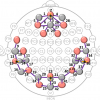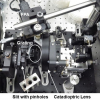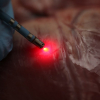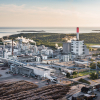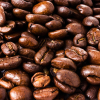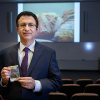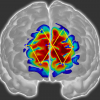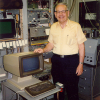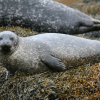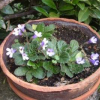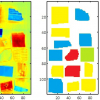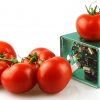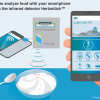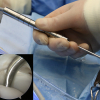Near Infrared (NIR) News
Researchers in the UK and USA have used functional near infrared spectroscopy to discover that the cocoa flavanols found in chocolate improve brain oxygenation and cognition in healthy adults.
Functional near infrared spectroscopy has been used to identify tinnitus in patients.
Researchers have developed a new imaging spectrometer that is much lighter and smaller than state-of-the-art instruments while maintaining the same high level of performance. Because of its small size and modular design, the new instrument has obvious applications to airborne vehicles and even planetary exploration missions.
Mass spectrometry, XRF and NIR spectroscopy are being used together with voltammetry to determine the origin of ancient ceramic fragments.
NIR reflectance spectral maps of heart tissue can distinguish between fat and muscle tissue in the heart and could help improve delivery and monitoring of ablation therapy.
Using a smartphone camera and spectral super-resolution spectroscopy, anaemia and blood disorders can be assessed outside the lab.
Södra, a pulp producer in Sweden, is installing its second FITNIR analyser for online pulp liquor monitoring.
A vis/NIR spectrometer developed by EU researchers allows food producers to better monitor their products for the presence of acrylamide.
NIR spectroscopy has been used to detect the presence of cholesterol in the arteries of mummified people who lived thousands of years ago.
fNIRS could help diagnose pain in non-communicative patients.
We are sad to announce that Karl Norris passed away peacefully on 17 July 2019 at the age of 98.
The secret of how seals are able to spend 90 % of their lives at sea holding their breath, without starving their brains of oxygen, has been revealed using NIR spectroscopy.
The winner of the 2019 Tomas Hirschfeld Award is José Manuel Amigo Rubio. José obtained his PhD (Cum Laude) in Chemistry from the Autonomous University of Barcelona, Spain. Since 2007, he has been employed at the Department of Food Science of the University of Copenhagen, Denmark, and also as Guest Professor of the Federal University of Pernambuco, Brazil, since 2017. José’s research interests include NIR hyperspectral and multispectral image analysis in different research fields including food production, pharmaceutical research, forensic sciences.
A small group of plants known as “resurrection plants” can survive months or even years without water. NIR spectroscopy and aquaphotomics have made a significant step forward in understanding how they do it.
Plastics recycling is complicated by the need to recycle similar plastics together. The presence of flame retardants in plastics also needs to be identified, and NIR hyperspectral imaging can do this.
A miniature food scanner based on NIR spectroscopy will allow consumers and supermarket operators to determine the ripeness and shelf life of produce and display the results via an app.
The NeoSpectra-Micro chip-scale, near infrared spectral sensor has been customised for use in Henkel Beauty Care’s Schwarzkopf Professional SalonLab Smart Analyzer for hairdressers.
BASF hopes that an infrared sensor developed by a spin-off company will be integrated into smartphones by 2022 and provide NIR analysis of food by consumers.
An arthroscopic near infrared spectroscopic probe for evaluation of articular cartilage and subchondral bone structure and composition could improve early detection of cartilage lesions.


